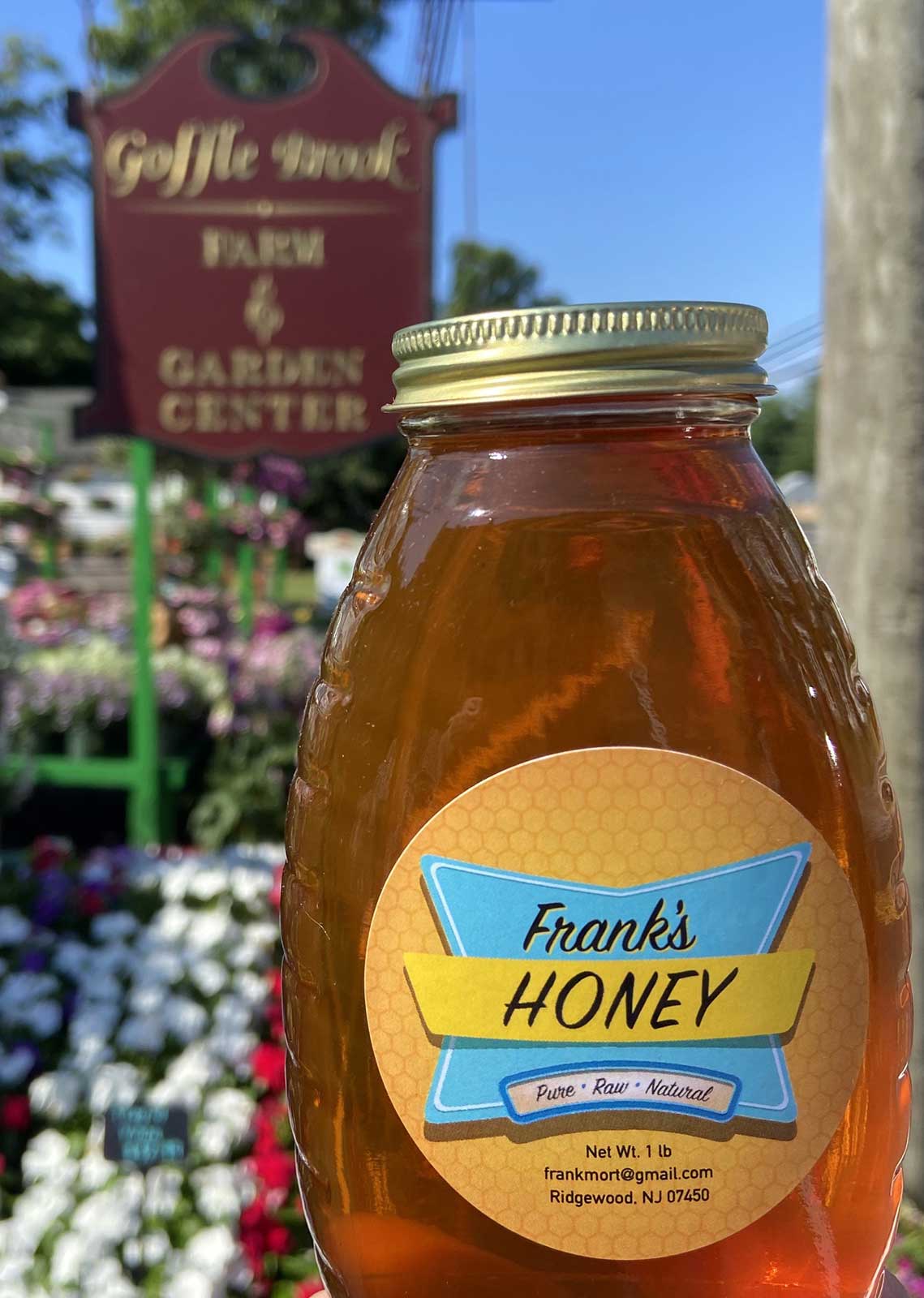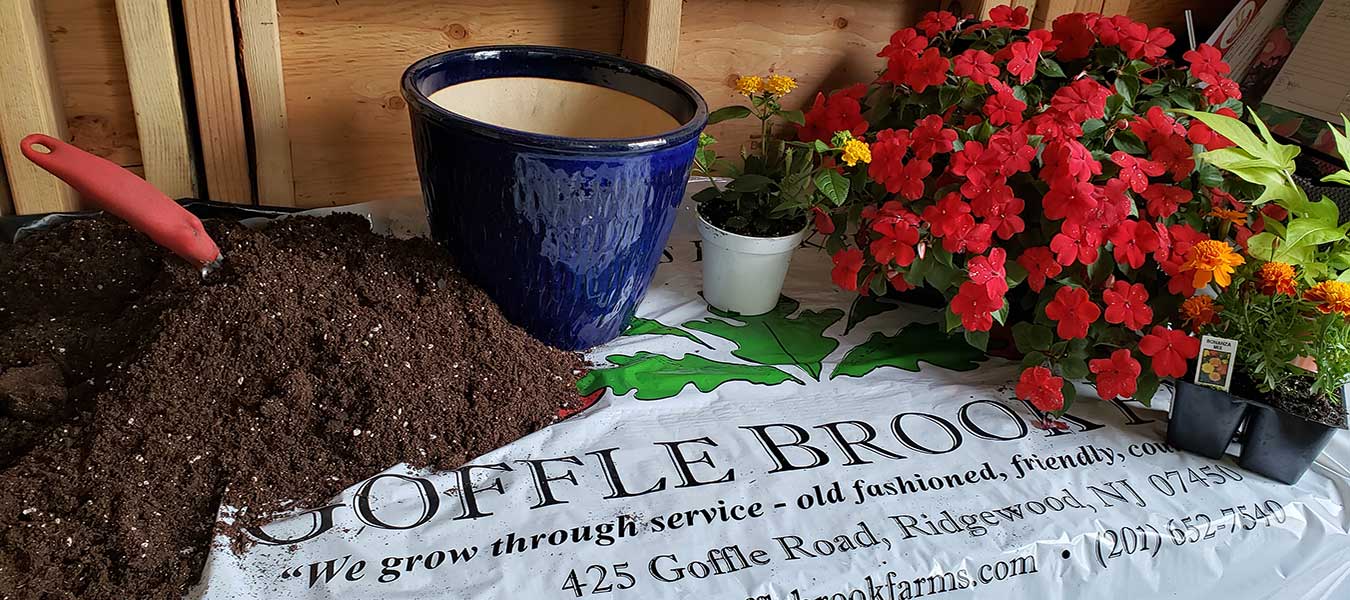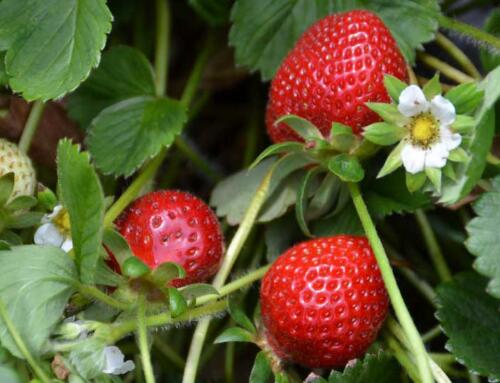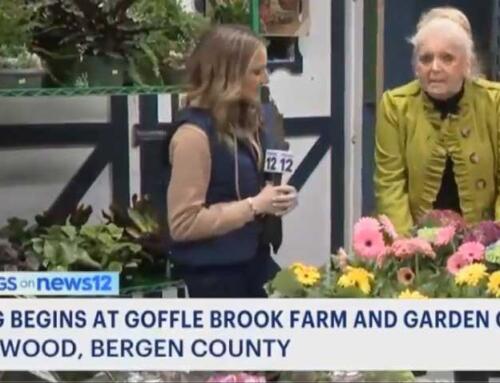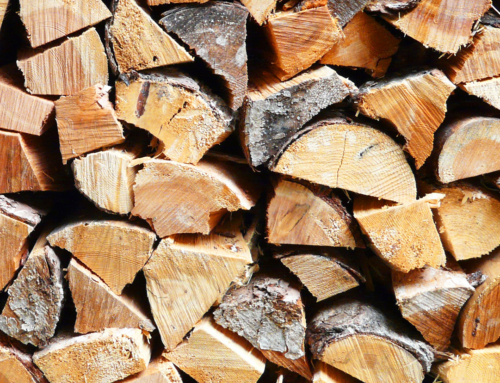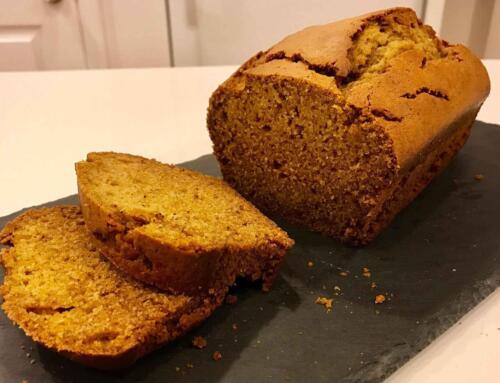Have We Got A Sweet Deal For You
Frank’s Honey
AVAILABLE AT THE GARDEN CENTER
Frank’s Honey is 100% pure, raw, all-natural, local honey. Plus, it’s the best tasting honey you’ll ever have!
Frank’s Honey is hand-harvested and hand–extracted from our family cared for hives in and around Ridgewood, NJ.
Crafted from Nature, Frank’s Honey is hand-poured fresh into bottles, bringing high quality, sweet goodness to your table.
Frank’s Honey $15 – 1 lb jar
HONEY and HONEYBEE FACTS
“straight from the horse’s mouth” – by Frank “the beeman” Mortimer
- Bees must visit 2 million flowers to make one pound of honey
- To make one pound of honey, bees fly approximately 55,000 miles, which is twice around the Earth!
- In the Northeast, a hive needs 80 – 100 pounds of honey to make it through the winter.
- Bees will forage up to three miles away from their hive.
- Queen Bees live two – four years, and lay up to 2,000 eggs a day.
- Worker Bees live for six weeks, they change jobs depending on their age, and all worker bees are female.
- Drones are the male bees, they don’t have stingers, and their only job is to mate with a queen.
Honeybees are responsible for over one third of all the food that we eat, and they enable the production of at least 90 commercially grown crops in North America. Bees pollinate fruits, vegetables, nuts, and other plants that are a big part of our food supply. The U.S. Department of Agriculture estimates that Honeybees play a vital role in $15 billion of crops each year in the US.
Honeybees make honey so that their sisters, who don’t even exist yet, have food to eat throughout the winter. No matter where bees live, the flowers and plants they gather nectar and pollen from are only in bloom for a limited period of time. So honeybees make and store honey for when there is nothing else available for them to eat.
Pollen is a solid, and it is the bees’ source of protein. Per ounce, there is more protein in pollen than in chicken breast. Honey on the other hand comes from nectar. Bees suck nectar out of flowers, store it in their honey gut, which is separate from their digestive system, and bring it back to the hive. 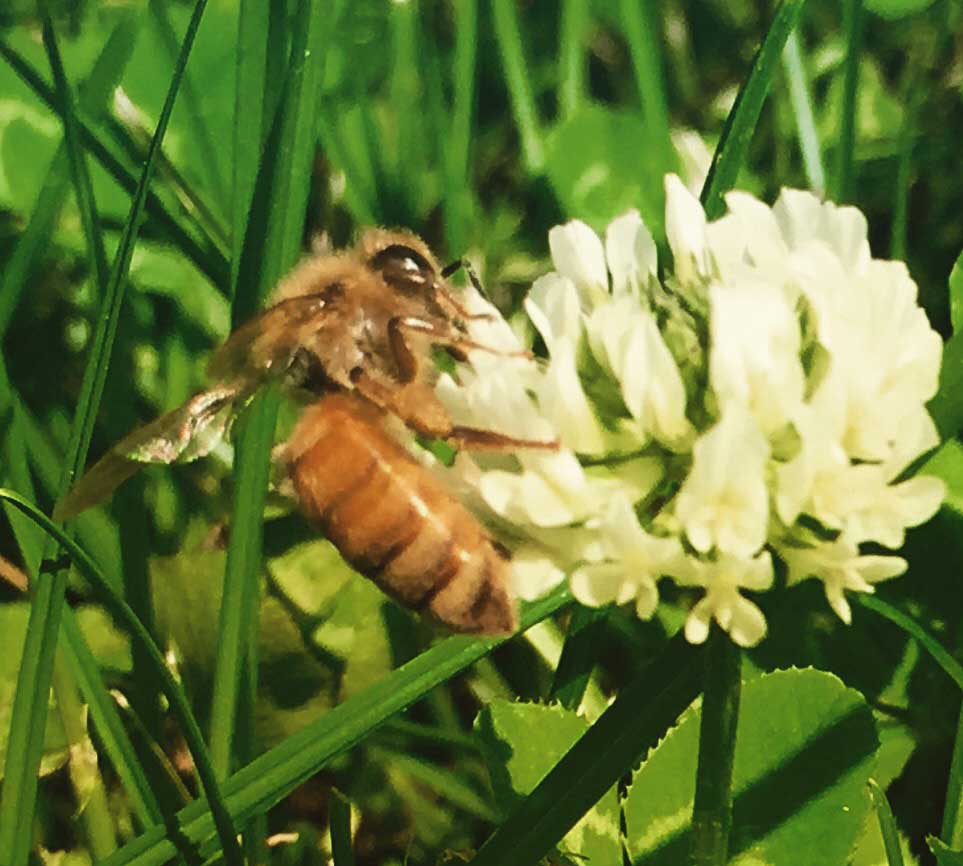 Nectar can be as much as 80% water, and once back at the hive, the bees will reduce the moisture content to less than 19%, turning it into honey. Additionally, nectar is comprised of sucrose, and the bees break down the sucrose into fructose and glucose, as those simple sugars are easier to digest. One of the by-products of breaking down the sugars is hydrogen peroxide, and because honey contains hydrogen peroxide, as well as its lack of moisture, honey is the only food that never spoils. Specifically, honey’s high sugar content, it’s lack of moisture, its low pH, and because it contains hydrogen peroxide are what makes it an inhospitable environment for microorganisms and why no matter its age, honey will never go bad and is always so good to eat. They found honey in Egyptian tombs that was over 3,000 years old and it was still edible. Honey also contains trace amounts of the BEE vitamins, (B1, B2, B3, B6), vitamin C, and the minerals sodium, potassium, magnesium, calcium, copper, and iron.
Nectar can be as much as 80% water, and once back at the hive, the bees will reduce the moisture content to less than 19%, turning it into honey. Additionally, nectar is comprised of sucrose, and the bees break down the sucrose into fructose and glucose, as those simple sugars are easier to digest. One of the by-products of breaking down the sugars is hydrogen peroxide, and because honey contains hydrogen peroxide, as well as its lack of moisture, honey is the only food that never spoils. Specifically, honey’s high sugar content, it’s lack of moisture, its low pH, and because it contains hydrogen peroxide are what makes it an inhospitable environment for microorganisms and why no matter its age, honey will never go bad and is always so good to eat. They found honey in Egyptian tombs that was over 3,000 years old and it was still edible. Honey also contains trace amounts of the BEE vitamins, (B1, B2, B3, B6), vitamin C, and the minerals sodium, potassium, magnesium, calcium, copper, and iron.
Honey’s taste and color is totally dependent on what flowers the bees visit to collect the nectar from, and every plant has its own unique flavor. If a plant produces a fruit or vegetable, like a blueberry or an avocado, the honey from those plants will be distinct, but it will not taste like the fruit. One example is cranberry honey. While it processes a unique cranberry honey taste, it is not bitter like a cranberry, nor is it red, but it does taste delicious.
Honey will crystallize, but that doesn’t mean it’s gone bad, only that it has changed from a liquid into a solid. Honey is a super-saturated sugar solution, meaning that the water has absorbed more sugar than it could under normal circumstances. Since it’s super-saturated, it’s not very stable, so overtime some of the glucose molecules naturally pull out of the liquid and connect to one another and form crystals. If you ever have a jar of honey that crystallizes, never fear, because that’s proof that what you have is indeed 100% all natural honey. 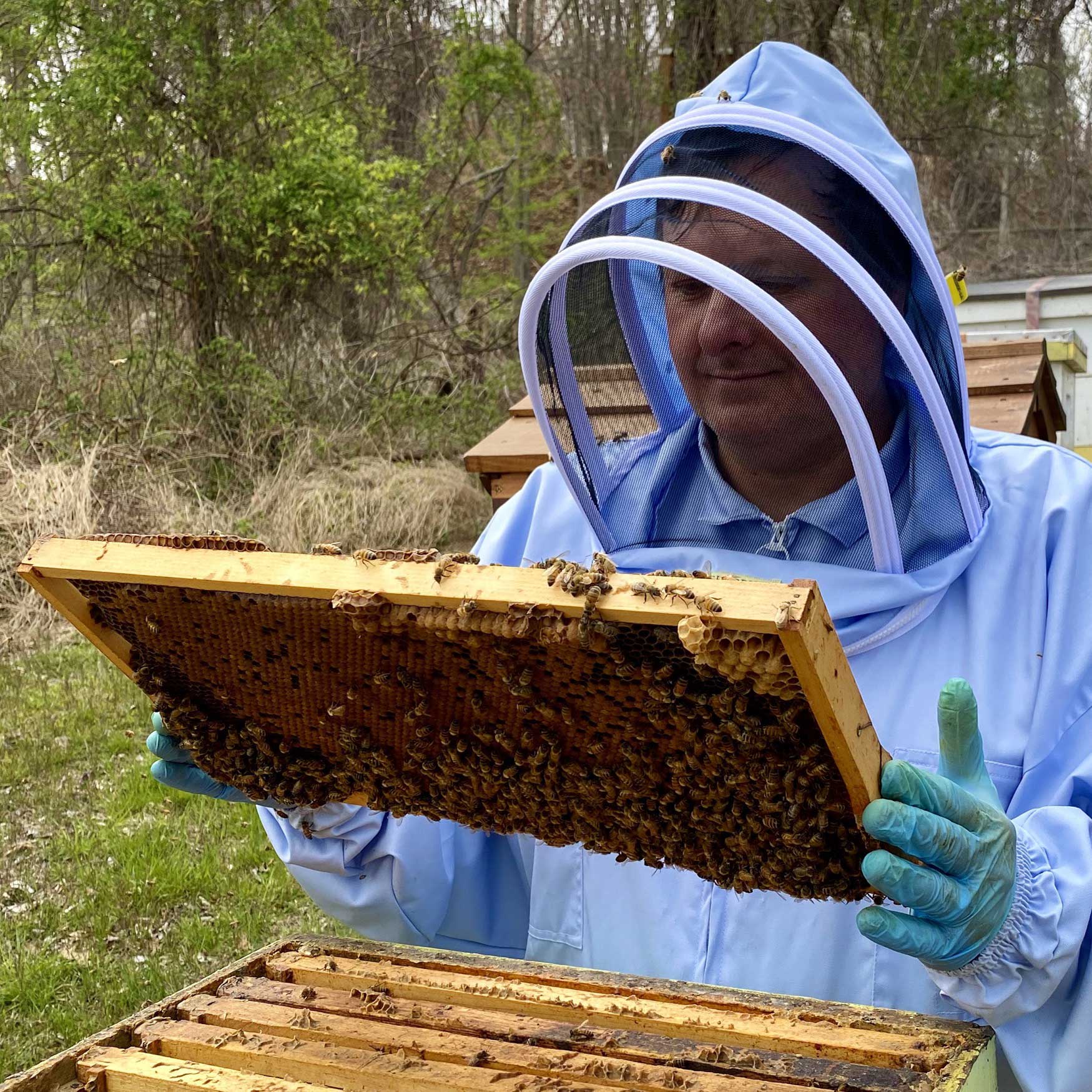 Only pure, all natural honey will crystallize. It’s easy to re-liquefy your honey, and all you have to do is place your jar of crystallized honey in a warm bath of water, with 104°F being the ideal temperature. The heat will slowly dissolve the crystals and make the honey liquid again. Since temperatures inside a hive can get upwards of 110°F, warming your honey to temperatures that honey is subjected to while in the hive will have no ill effects on it.
Only pure, all natural honey will crystallize. It’s easy to re-liquefy your honey, and all you have to do is place your jar of crystallized honey in a warm bath of water, with 104°F being the ideal temperature. The heat will slowly dissolve the crystals and make the honey liquid again. Since temperatures inside a hive can get upwards of 110°F, warming your honey to temperatures that honey is subjected to while in the hive will have no ill effects on it.
Because of the information-overload world we live in today, there are half-truths, misconceptions, and simply wrong information floating around about honey. First, everyone is always looking for “pure” “raw” honey, but what does that actually mean? Pure honey is easy, as that means it only contains 100% honey, with nothing else added. Raw honey is honey that is exactly how the bees made it. To be called raw, honey must always remain in conditions that are also found inside the hive. Unfortunately, thanks to the marketing campaigns of a few brands, many people think raw honey is solid, or crystalized honey. There is one brand of “raw” honey that adds beeswax and propolis to each jar, as they are playing on people’s misconception that if it’s raw, then it has to be “dirty.” Unfortunately, nothing could bee further from the truth. When you go into your hives and break off a piece of honeycomb, pure, liquid, golden honey is what you will see and taste. Bees meticulously tend to their honey to ensure it is all-liquid.
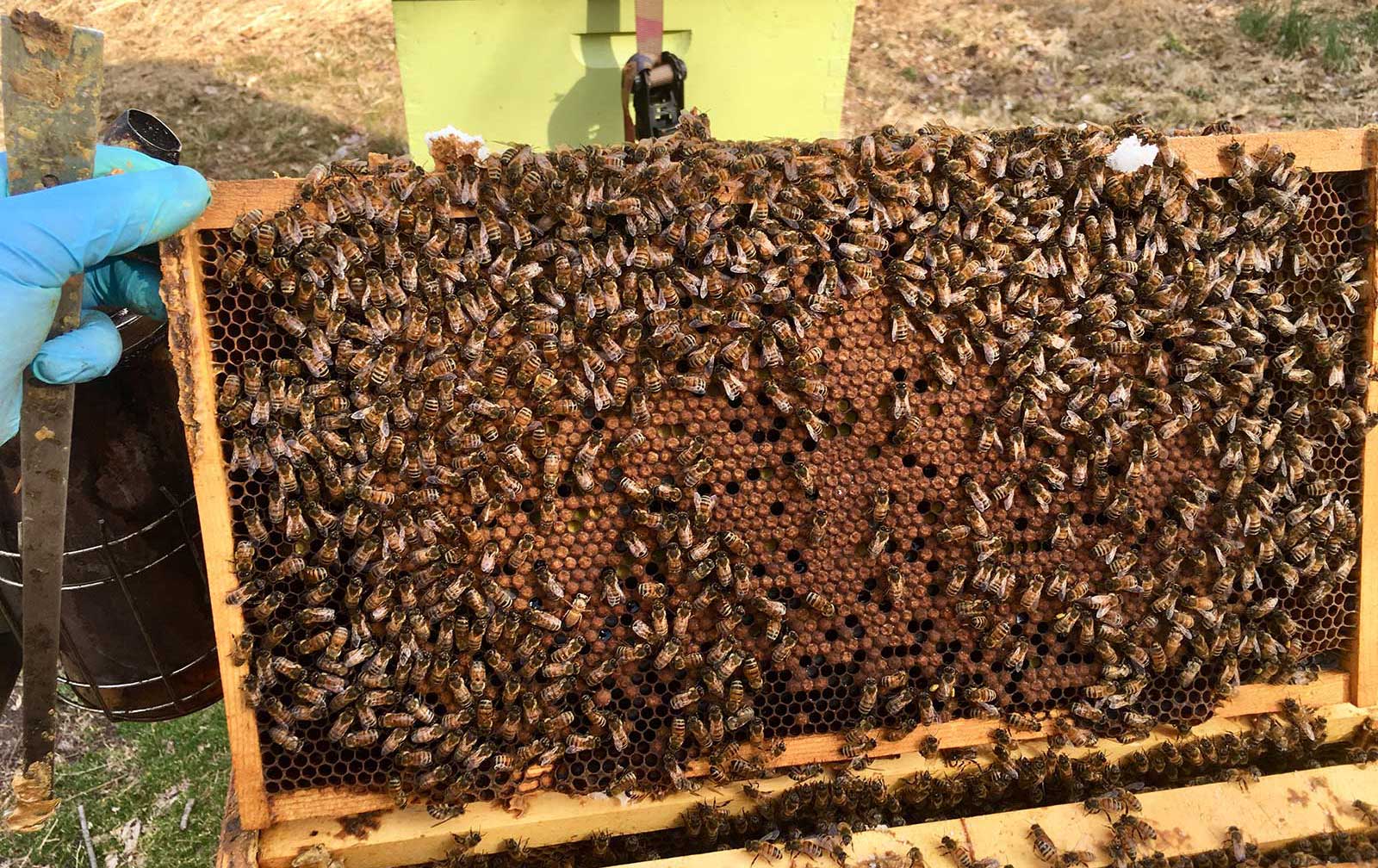
The worst ill-informed misconception about honey is, “organic honey” because it simply does not exist. The USDA has never adopted any criteria or regulations for defining what qualifies as organic honey; so there is no way to certify any US produced honey as organic. Meaning that any honey produced in the US can never bee labeled as organic. However, if honey is harvested outside of the US it can be labeled organic if it meets that country’s organic standards and the US organic standards. Since the U.S. doesn’t have any standards for organic honey, that means that any honey produced in other countries that say they have their own version of an organic standard can use the USDA Organic emblem regardless of how that other country defines organic.
Additionally, bees will travel, on average, up to three miles from their hive to forage, and as far as five miles if needed, which means that if you were to draw a three-mile circle on a map, that would cover about 18,095.6 acres, so each and every plant within those 18,095.6 acres would have to be synthetic fertilizer and pesticide free for the honey to be truly organic.
Besides being something that’s great to eat, honey also has some important non-food uses. In our world of modern medicine, honey is used to fight infection and helps heal some ailments and wounds. There is a product called “medical honey,” which is pre-applied to bandages and it is used to accelerate healing, kill bacterial growth, and prevent infection. Honey dressings are used to help heal burns, as they keep the burn site moist and sterile until it can heal. Patients receiving honey dressings have been shown to heal 4–5 days faster compared to when they’re given other types of wound dressings.
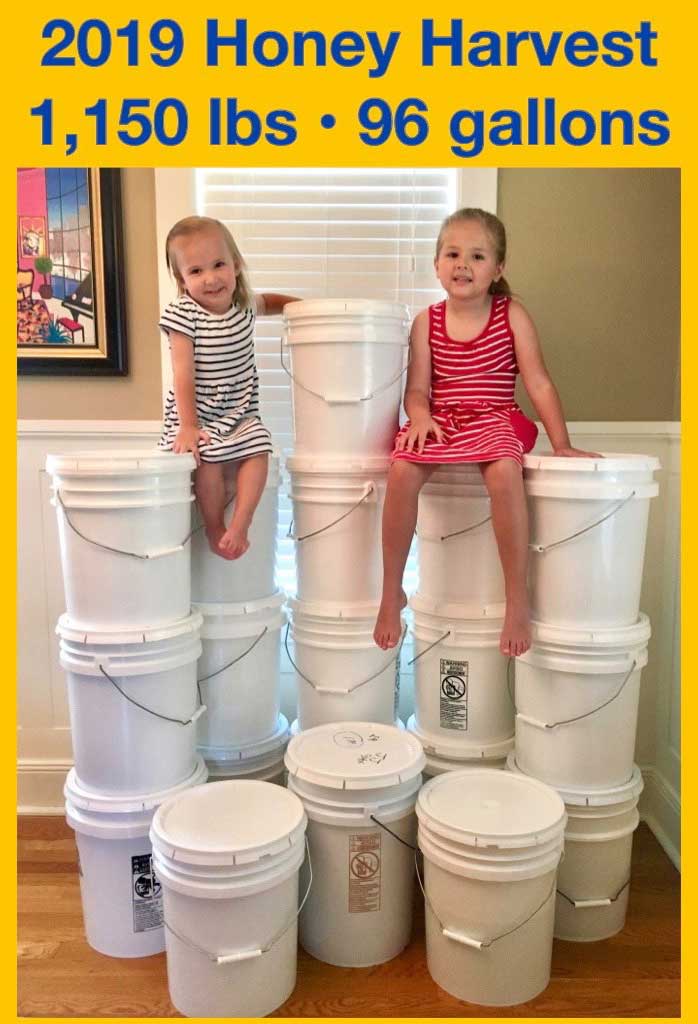
Honey is also an effective cough suppressant for children and it is as effective at reducing coughs as any of the over-the-counter cough suppressants. Honey helps to soothe and coat the throat, and can help children sleep longer through the night with fewer coughing episodes.
Many people consume local honey to help alleviate seasonal allergies. Since honey contains minute particles of pollen, the thought is that by ingesting it in small quantities, the pollen will work the same way as a vaccine does, and your body will bee able to build up a resistance to it. While there is no scientific study to support this school of thought, many people still swear by the powers of local honey.
If you’re looking for high-quality local honey, the best advice is to know your beekeeper. In the Bergen County area there are over 240 local beekeepers, and across New Jersey, over 3,000. Finding a beekeeper close by will ensure that it’s super local, 100% raw, natural honey. If you buy honey from someone you know, then you know you’re buying the same honey she and her family are eating.
Buying honey from a supermarket means that you’re potentially buying honey that was sourced from around the globe, including some countries that routinely dilute their honey with syrups and other questionable fillers. The rule that you get what you pay for really applies to honey, and if you get an unbelievable price, then don’t believe it’s 100% honey.
Even in Bergen County the taste of local honey can vary from hive to hive and when the honey was harvested. The best advice is try as much local honey you can, and when you find one that you think tastes great, buy it! And buy several jars because if you like it, chances are a lot of other people do too.
You can learn about Frank’s Honey and the beekeeper’s best selling book “Bee People and the Bugs They Love” by visiting his website and you can pick up some of his delicious honey in our garden center/farmer’s market.

